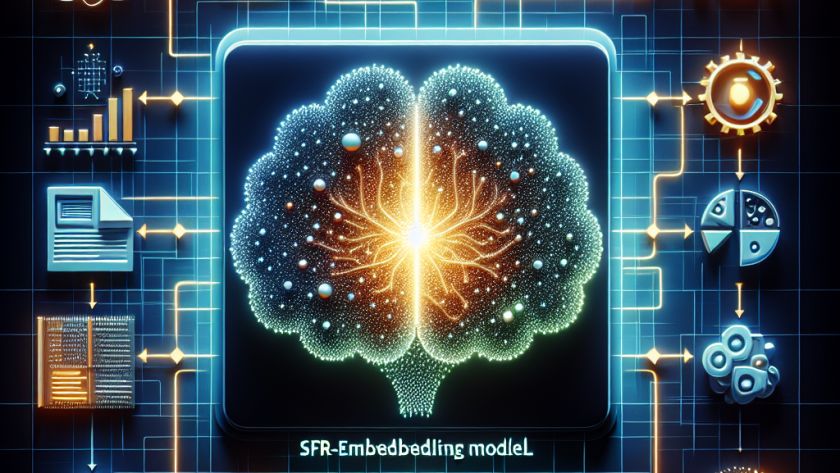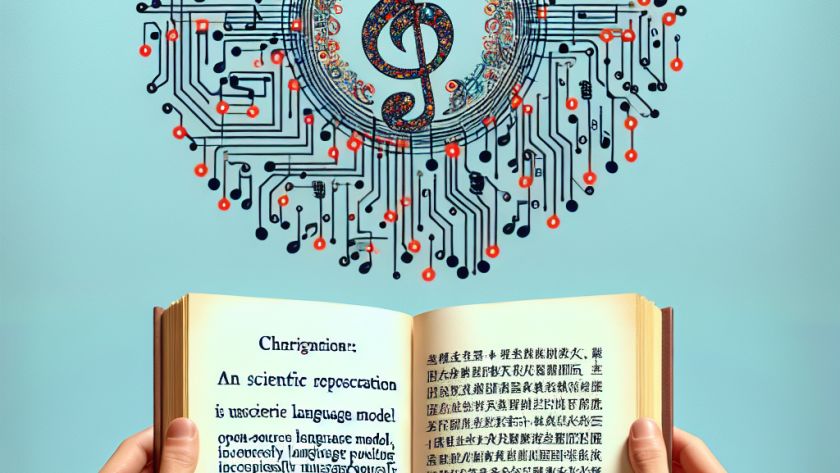Automation and AI researchers have long grappled with dexterity in robotic manipulation, particularly in tasks requiring a high degree of skill. Traditional imitation learning methods have been hindered by the need for extensive human demonstration data, especially in tasks that require dexterous manipulation.
The paper referenced in this article presents a novel framework, CyberDemo, which relies…












